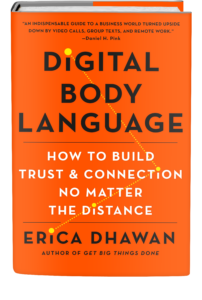It’s been over three years since the Lehman Brothers bankruptcy and the downfall of CFO Erin Callan. Yet the underlying unfair media portrayal facing women executives who leave their roles continues in cases like Carol Barsh and Sallie Krawcheck this year. What I care about most is how the media’s disservice to women executives given the portrayal of them when they leave powerful positions affects future generations of women leaders.
Check out my most recent piece in ForbesWoman entitled How Women Executives Who Leave Their Roles Affect the Next Generation of Women Leaders. I hope you can share your perspective and thoughts as well.






